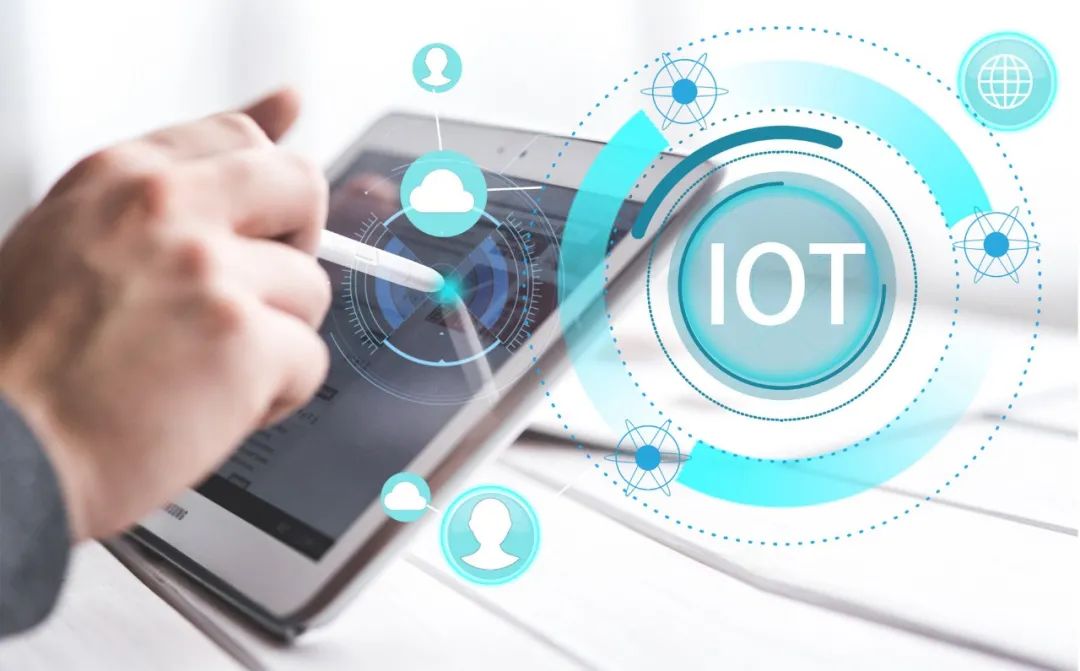Source | Qianjia Network
In recent years, edge computing has emerged as a revolutionary computing paradigm that changes the way we process and analyze data. It brings computing resources closer to the data source, enabling faster data processing, real-time analysis, and reduced network latency. As the demand for next-generation applications continues to grow, edge computing becomes increasingly important due to its multiple advantages, making it an ideal choice for next-generation applications. Here, we will explore the advantages and use cases of edge computing, as well as how to leverage it to unlock the potential of next-generation applications.
Advantages of Edge Computing:
Edge computing has multiple advantages that make it an ideal choice for next-generation applications. Some of these advantages include:Low Latency: Edge computing reduces network latency by processing data closer to the source, eliminating the need to send data to remote data centers for processing. This is especially important for time-sensitive applications like the Internet of Things, where real-time data processing is critical.Real-Time Processing: Edge computing supports real-time data processing, which is crucial for time-sensitive applications such as autonomous vehicles, drones, and smart homes. For example, in smart homes, edge computing can be used to process sensor data in real-time, enabling automation of household appliances.Scalability: Edge computing allows for the deployment of computing resources closer to the data source, making it easy to scale resources to meet changing application demands. This is particularly important for applications requiring high computational power, such as artificial intelligence and machine learning applications.Security: Edge computing enhances security by processing sensitive data locally, reducing the risk of data breaches and unauthorized access. This is especially important for applications like healthcare that require constant protection of patient data.
Applications of Edge Computing:
Edge computing has been applied in various fields, making it an ideal choice for next-generation applications. Some of these use cases include:Internet of Things: Edge computing is ideal for IoT applications that require real-time processing and low latency. For instance, in smart cities, edge computing can be used to process data from traffic sensors, enabling real-time traffic management.Autonomous Vehicles: Edge computing can be utilized in autonomous vehicles to process sensor data in real-time, reducing the risk of accidents and improving driving efficiency. This is crucial as autonomous vehicles rely on real-time data processing to make critical decisions.Drones: Edge computing can be applied to drones for real-time processing of video data, enabling automated control of drone flights and improving navigation. This is particularly important for applications like search and rescue, where drones need real-time navigation to locate missing persons.Healthcare: Edge computing can be used in healthcare for real-time processing of patient data, enabling faster diagnosis and treatment. For example, in hospitals, edge computing can process patient data from wearable devices, allowing for real-time monitoring of patient health.
How to Leverage the Potential of Edge Computing:
To deeply unlock the potential of edge computing, businesses need to adopt the following strategies:Identify Applications: Businesses need to identify scenarios where edge computing can enhance application performance, reduce latency, and achieve real-time processing.Select Appropriate Infrastructure: Businesses must choose the right infrastructure for edge computing. This includes selecting the right edge devices, such as gateways and edge servers, as well as the appropriate network infrastructure, like 5G and Wi-Fi 6.Develop Edge Applications: Businesses need to develop edge applications optimized for edge computing. This involves creating applications that can process data in real-time, are scalable, and can handle data from multiple sources.Protect Edge Devices: Edge devices such as gateways and edge servers need to be secured against unauthorized access. This includes implementing strong passwords, using encryption, and ensuring firmware and software are up to date.Implement Network Security: Network security is crucial for preventing network attacks such as DDoS and malware. Businesses need to implement firewalls, intrusion detection systems, and secure VPN connections.Implement Data Security: Data security is essential for protecting sensitive data such as personal information and financial data. Businesses need to implement encryption, access controls, and data backup and recovery measures.
Disclaimer: This article comes from Qianjia Network, we highly respect the copyright of the original author. If there are copyright issues, please contact the editor of this public account in a timely manner. Thank you!
◆ ◆ ◆ ◆ ◆
